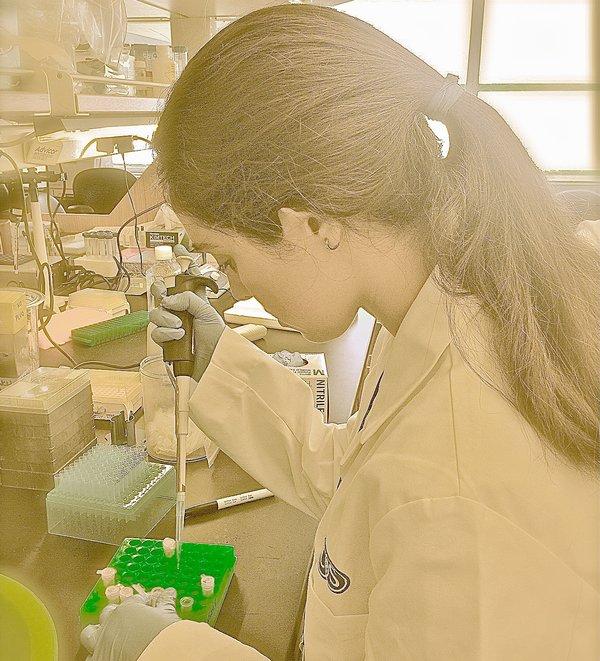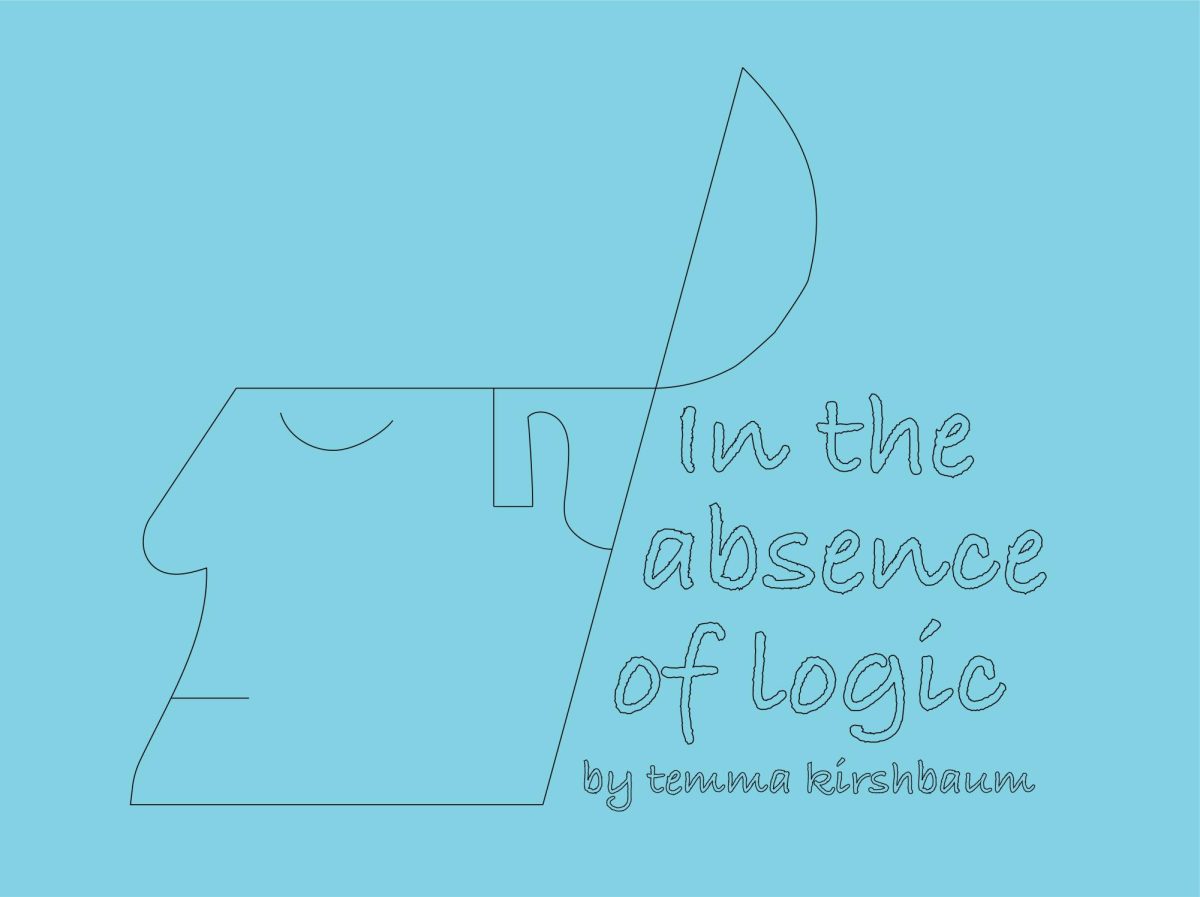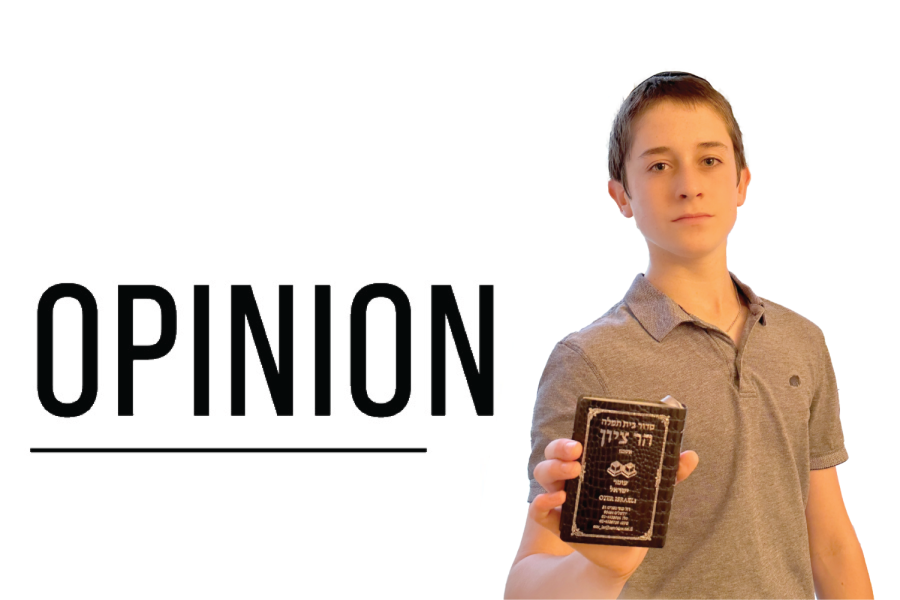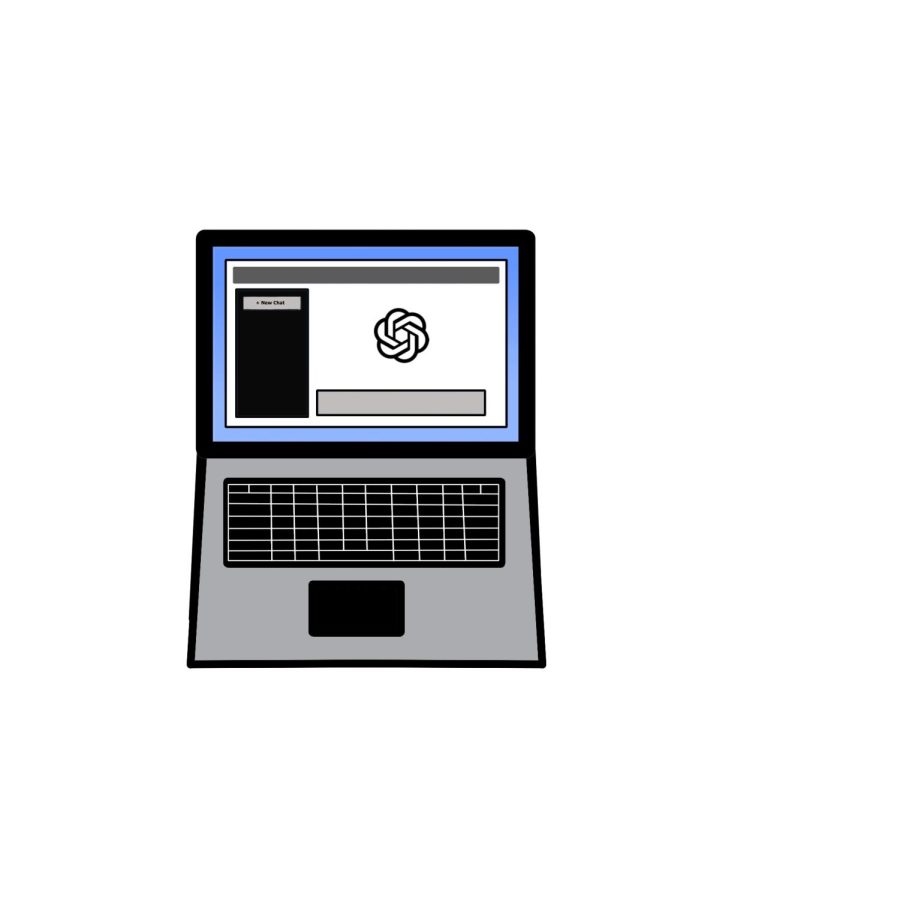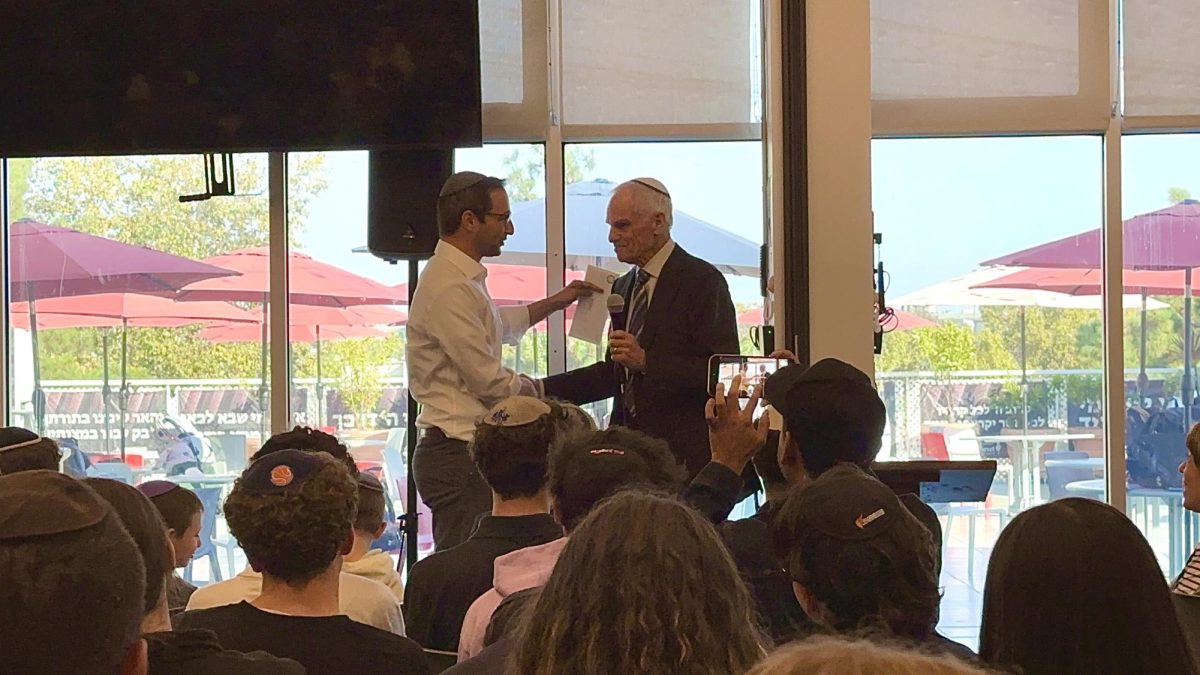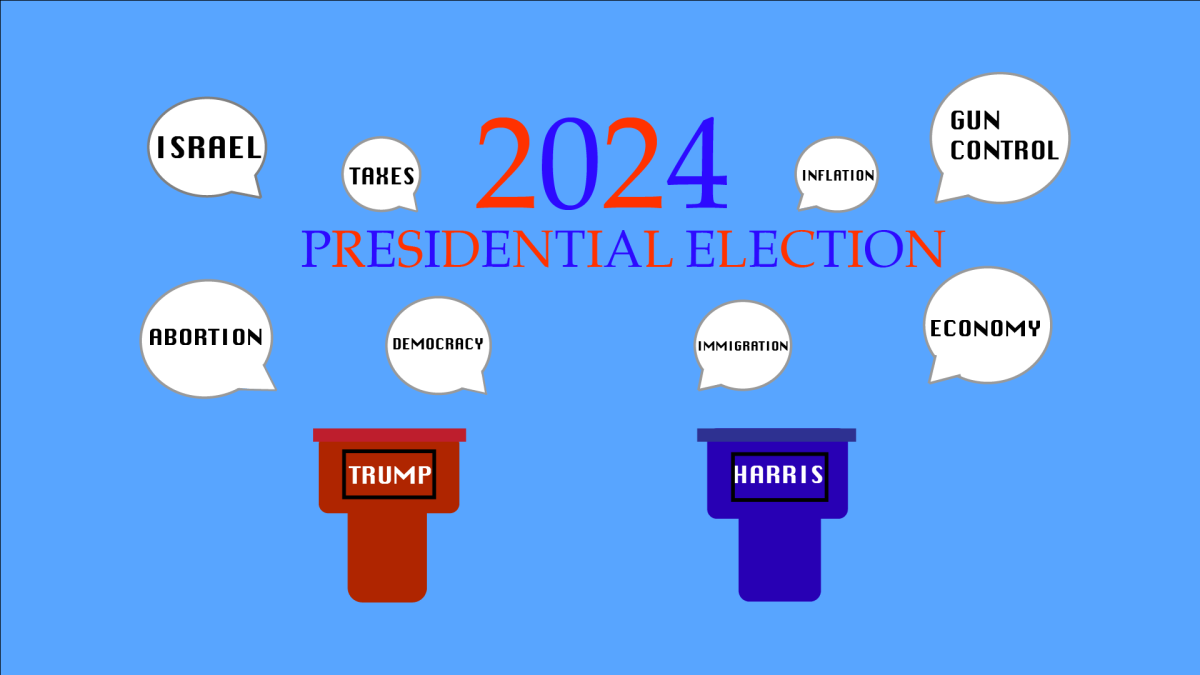In 2001, then-President George W. Bush restricted funding for stem cell research performed on cells from human embryos. The quick summary of stem cells is that they are cells that are “pluripotent,” meaning they have the ability to become almost any cell in the body. This, as one can imagine, has infinite possibilities when it comes to research and cures for diseases.
But stem cells come from a blastocyst – the ball of pluripotent cells that multiply and eventually form an embryo that can grow into a human being. By taking the stem cells from a blastocyst, the possibility of a human being from that embryo is eliminated. That is why the use of stem cells has always been controversial.
Over the summer I participated in a week-long stem cell research program at Cedars-Sinai’s Regenerative Medicine Institute for 17- and 18-year old high school students. I learned the basics of stem cell medicine, heard from researchers in different areas of stem cell research, and shadowed a pair of scientists. We also were divided into groups to conduct our own stem cell research.
My group, dubbed “Team Gut,” grew intestinal tissue using stem cells containing the gene for Crohn’s disease, hoping to find the underlying cause of the disease. We learned in depth about the disease, “fed and cleaned” the cells using an expensive medium, and acted like real scientists with lab coats and gloves.
I knew about the controversy surrounding stem cell research after researching the Jewish perspective on it in Reb Noam’s Tanakh class last year. Our group looked through the lens of p’ru ur’vu, which is the mitzvah to increase and multiply. From this perspective, embryonic stem cells were preventing the mitzvah by destroying the potential for human life. However, we also considered how pikuach nefesh, the mitzvah to save a life, supersedes many mitzvot, including Shabbat for example. Based on these two ideas our group came to a conclusion that since the embryo on its own has no potential to become a human, pikuach nefesh overrides p’ru ur’vu.
Our class group went on to write up a list of guidelines that would limit the use of stem cells within Halacha (Jewish law). These included not implanting an embryo into a womb to then use the stem cells, and being sure to use the embryo within 40 days of when it was formed, during which the Talmud describes it as “mere water.”
We also said that only excess embryos harvested for in-vitro fertilization, which would otherwise be destroyed, could be used.
Thus I was already pro-stem cell when I entered the program at Cedars. But as it turned out, I was pleasantly surprised to learn that embryonic stem cells were not even being used there. Instead, we worked with an alternative type of stem cell, called “induced Pluripotent Stem Cells” – iPSCs – which are made from the cells of living adults.
In laymen’s terms, these are cells that are forced by the scientist to actually revert back to the stage when they were pluripotent, which all human cells are before they mature. Scientists do this by shocking the cell with an electrical pulse, which allows the nuclei of the cells to quickly open and let in specifically engineered genetic material that will induce pluripotency.
Because of this process, scientists no longer need embryos to create stem cells. They can now use adult cells like skin, fat, or blood cells to create stem cells. Scientists are now capable of turning any cell in the body into any other cell. Pretty cool. These are the cells that we used to generate the intestinal tissue.
Using the iPSCs, stem cell research has infinite possibilities. At Cedars-Sinai alone, just up San Vicente from Shalhevet, there are multiple labs using iPSCs researching the eye, heart, skeletal system, blood, and brain. They are working on cures for diseases as debilitating as multiple sclerosis and Huntington’s disease, among many others. For example they are now in a clinical trial that uses stem cell medicine to hopefully cure ALS. Although the research is only in pre-trial or clinical trial stages, these amazing cures are not so out of reach. Stem cells are the future of medicine, and the future is coming fast.
Although I always felt that the benefits of stem cells outweighed the costs, this new method will be what transforms stem cell therapy from a farfetched fantasy to a not so distant reality. The new iPSCs were the saving grace for stem cell research after the outcry over the use of embryonic stem cells.
The new method has virtually no prevailing moral conflict. Scientists will now be able to work pressure and guilt free. With the moral problem dissolved, future Shalhevet students — and future patients — will be able to use and benefit from this technology which once seemed taboo.

